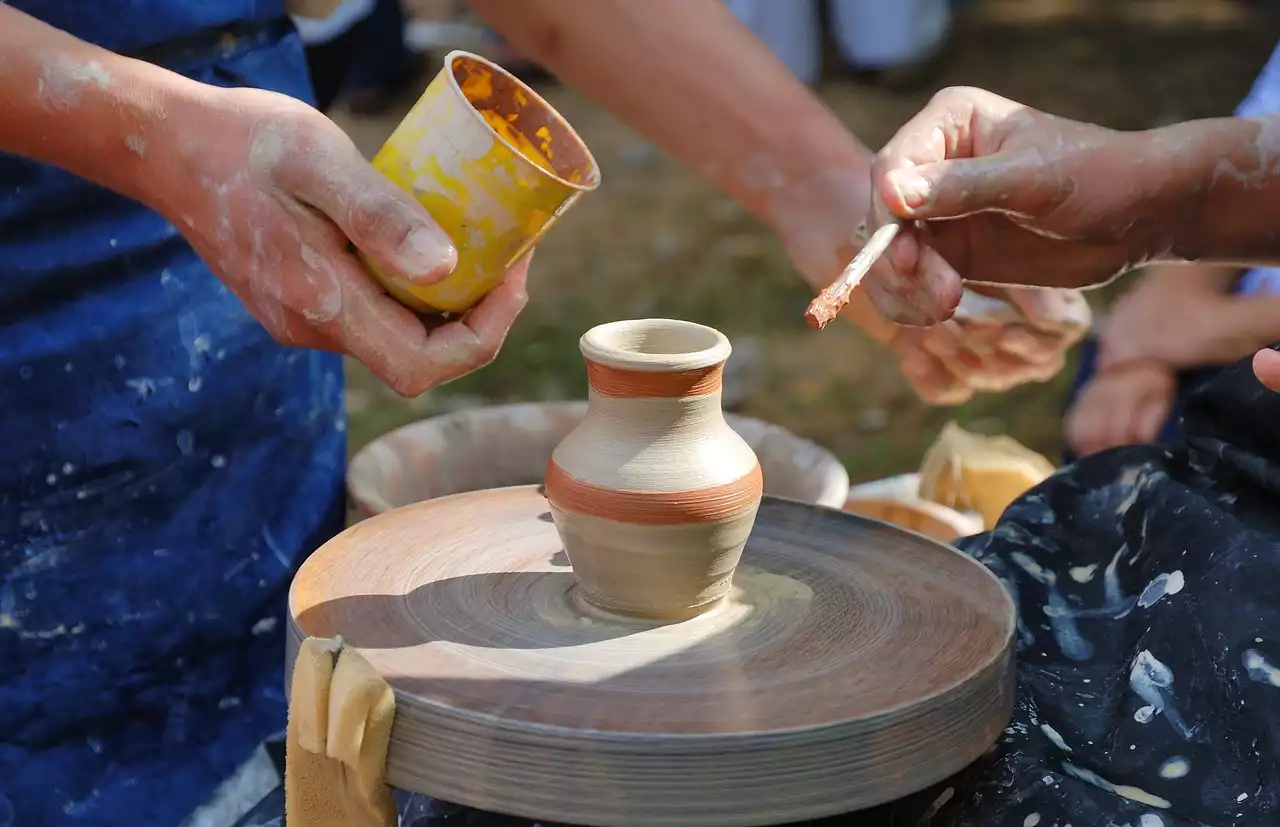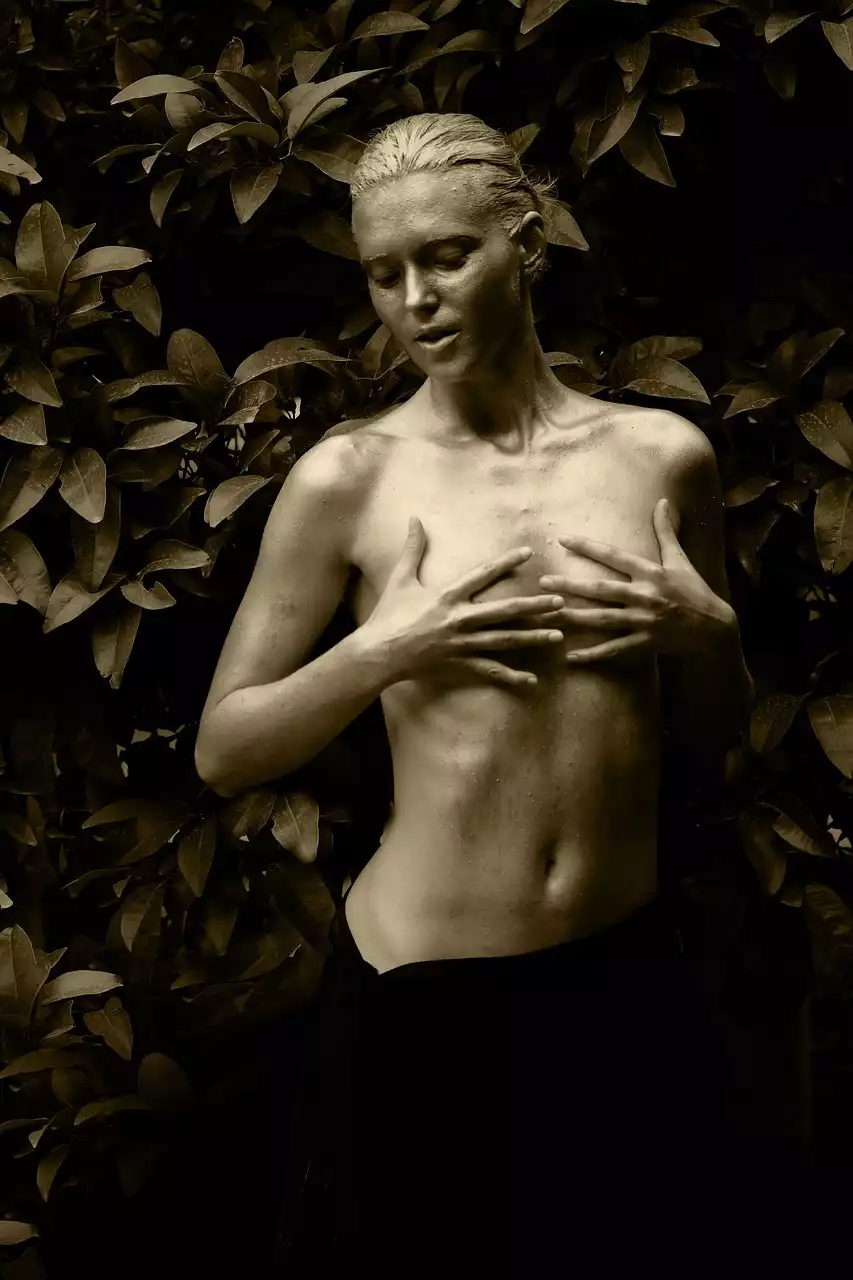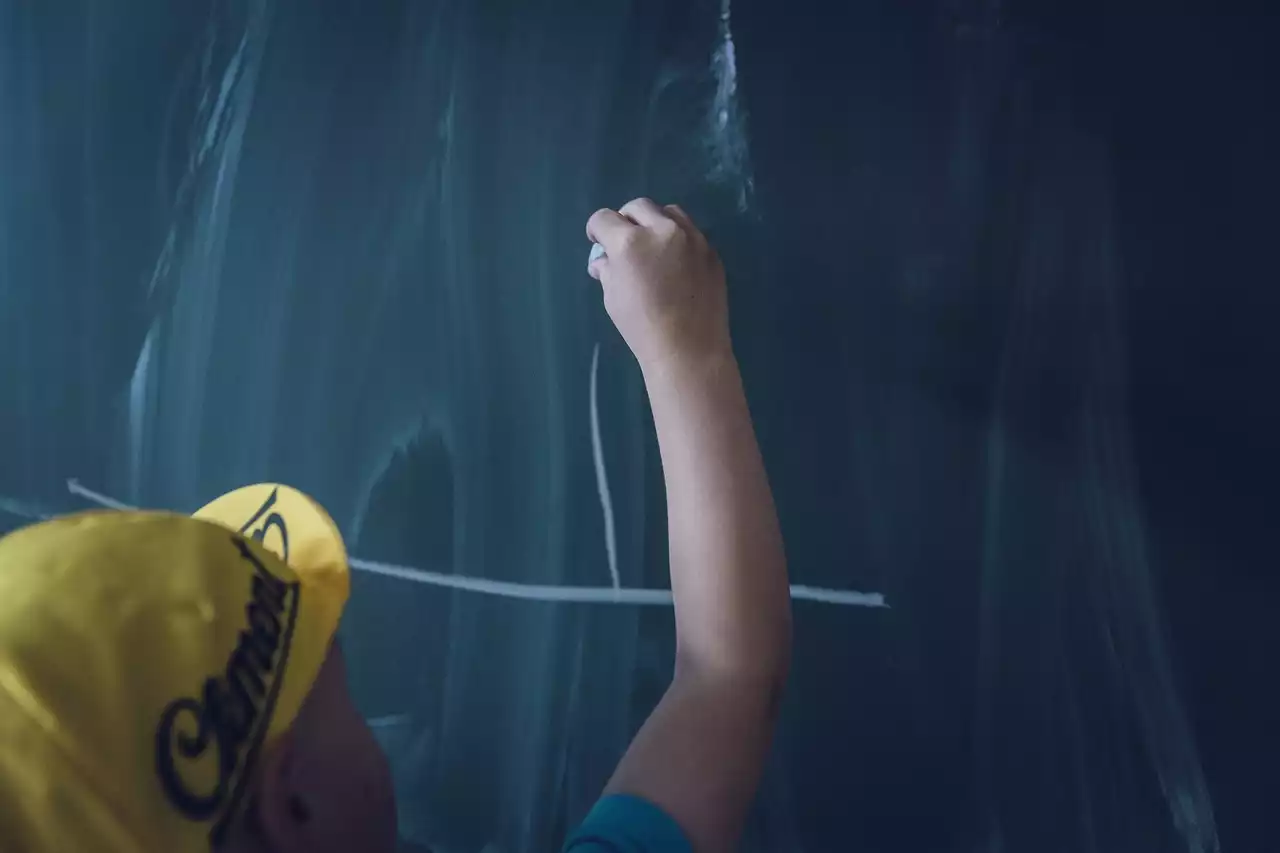The Benefits of Painting Outdoors
Painting outdoors has many benefits, both practical and aesthetic. For starters, it can be a great way to increase your creativity. By painting outdoors, you can get your mind off the problems of everyday life and instead immerse yourself in the beauty of the world around you. You can also improve your observational skills by painting outside. By painting outdoors, you can compare the light to that indoors, and you can observe how the color of objects changes outdoors as well. This can help you to understand how different light affects different colors. Outdoor painting is a great way to meet people, too. You can paint with and share art with people you may never have met in the same way as when you paint indoors. This can lead to friendships and connections with new people.
Choosing a Reference from Nature
When choosing a reference for your outdoor landscape paintings, aim to choose a location that inspires you. If you are painting a landscape that you have visited, then take time to visit the site again and try to imagine how it would have looked at that time of year. You can also try to paint a scene from your dreams or hopes for the future. If you are trying to paint a scene that uses a specific location, try to find photographs of that location online or in the guidebook. Try to think about the colors, shapes, and other aspects of the landscape that you find inspiring. If you are painting a scene from your dreams or hopes for the future, then choose a landscape that relates to those feelings. You can also choose to base your painting on a flower, a building, or something else that relates to your feelings.
Developing Your Observational Skills
By painting outdoors, you can practice your observational skills and develop your understanding of light. By painting outdoors, you can observe how light affects the colors of objects. You can also observe how the light creates shadows and how these change over time. Outdoors, you can also compare how light affects different colors and how, when combined, they form new colors. By painting outdoors, you can observe how shapes change under different light conditions and how this affects the shapes of objects. Outdoors, you can also observe the textures of objects. By painting outdoors, you can compare the textures of different materials and how they differ between materials.
Capturing Color, Light, and Texture
By painting outdoors, you can capture the color, light, and texture of the landscape. You can capture the color of the landscape by painting the colors in the scene. You can also paint the colors of flowers or the colors of plants. By painting outdoors, you can also try to capture the light. You can try to capture the sunlight by painting the way that it hits the landscape. Alternatively, you can try to capture the way that light shines on the mountains or other features in the landscape. By painting outdoors, you can also capture the texture of the landscape. You can try to capture the way that the light reflects off of objects in the landscape. You can also try to capture the way that light creates shadows by painting the way that these affect the landscape.
Practical Tips for Painting Outdoors
When painting outdoors, it is important to dress appropriately for the season. By dressing appropriately for the season, you can ensure that your body is warm but not too hot, which can be uncomfortable in the summer. You can also wear boots or shoes that protect your feet from the elements. When painting outdoors, you can use a small stool or stool-like object that you can place on the ground or on a wall to help you to sit while you paint. You can also use a small folding chair that you can fold up when you are not using it to help you to sit while you paint. You can also use a painting stand when painting outdoors. A painting stand is a metal or wooden stand that you can use when painting outdoors. A painting stand allows you to paint with greater ease and comfort as you do not have to bend down as far. When painting outdoors, it is important to consider the weather. By considering the weather, you can ensure that you are prepared for any eventualities. Considering the weather, you can ensure that you do not fall ill from the conditions. By considering the weather, you can ensure that you are not too cold or too hot while painting. By considering the weather, you can ensure that you are prepared for any eventualities such as rain or strong winds.
Using Photos as References
By using photographs as references, you can paint from nature using the colors, shapes, and textures of the outdoor landscape as a reference. You can also use photographs as references to help you to capture the light and the colors of the outdoor landscape. You can use photographs as references by painting over the photographs with oil or water-based paint similar to the outdoor landscape's colors. Alternatively, you can use a dry brush over the photographs to create more texture in your painting. You can also use photographs as references when painting the light and the colors of the outdoor landscape. In this case, you can use a pencil to draw over the photograph to create your painting over it. You can also use photographs as references when painting the light and the colors of the outdoor landscape. In this case, you can use a wet brush over the photograph to create more paint in your painting.
Essential Art Supplies for Painting Outdoors
When painting outdoors, you can use oil paints, acrylic paints, watercolor paints, or a combination of these. An oil paint is an opaque paint that is made out of natural oils and is opaque in appearance. Acrylic paint is also an opaque paint made from synthetic materials, but it is transparent. Watercolor paint is also made from natural materials and is transparent. You can use a wide range of brushes to create different effects when painting outdoors. You can use a round synthetic brush to create a smooth, even look when painting outdoors. Alternatively, you can use a small detail brush for a more detailed effect when painting outdoors. You can also use a palette when painting outdoors. A palette is a wooden or plastic tray that holds paint. You can also use a palette when painting outdoors.
Finding Inspiration from Nature
By painting from nature, you can try to capture the essence of the landscape and create art that reflects the natural beauty of the outdoor landscape. A great way to find inspiration for your outdoor landscape paintings is to take part in outdoor activities. By taking part in outdoor activities, you can get to know the natural landscape better and can use this knowledge to create paintings. You can also try to find inspiration while walking around a town or city. By walking around a town or city, you can look out for patterns and patterns in the natural landscape. You can also try while cycling around a town or city or while walking along the coast.






.png?size=50)
